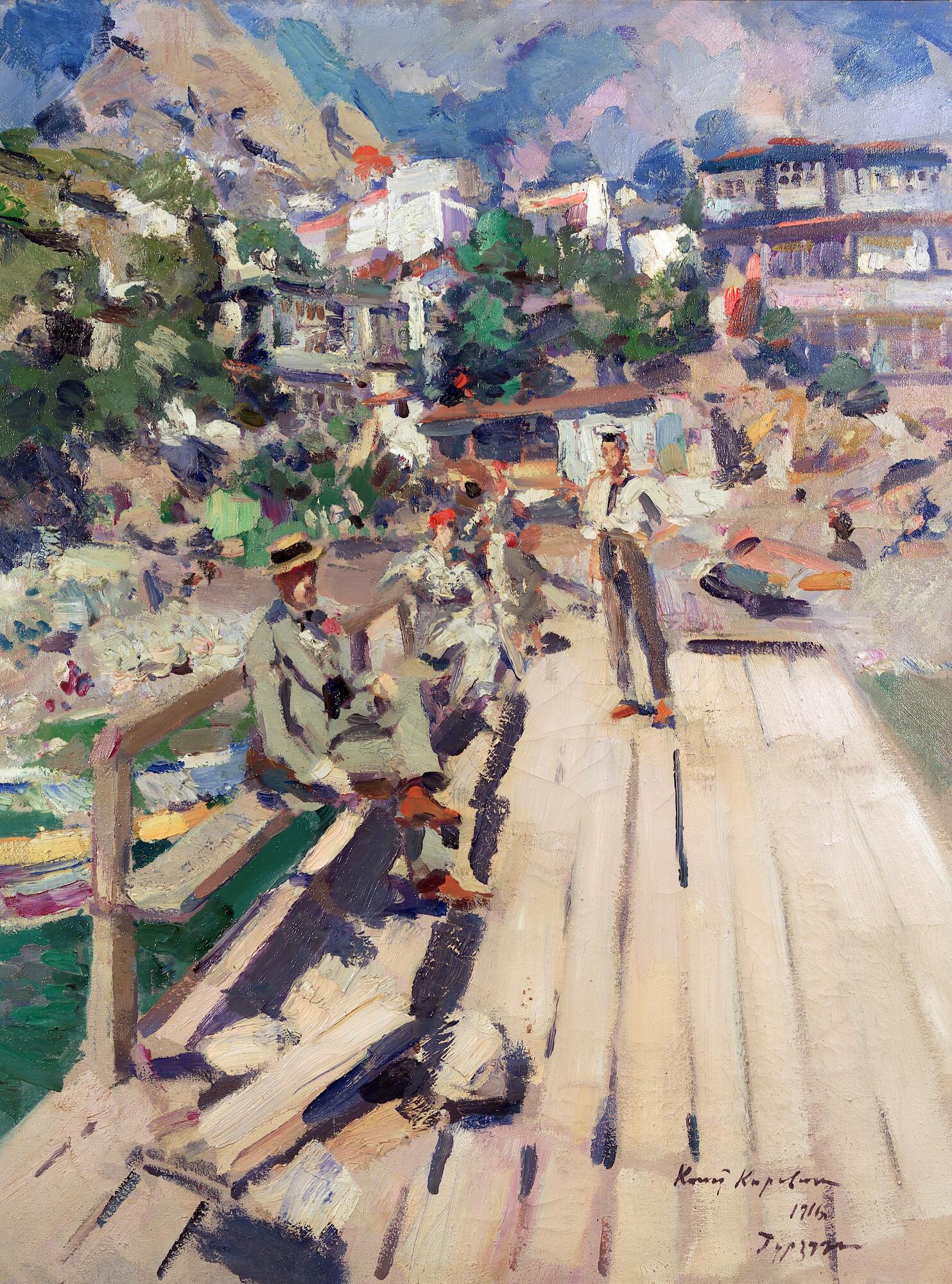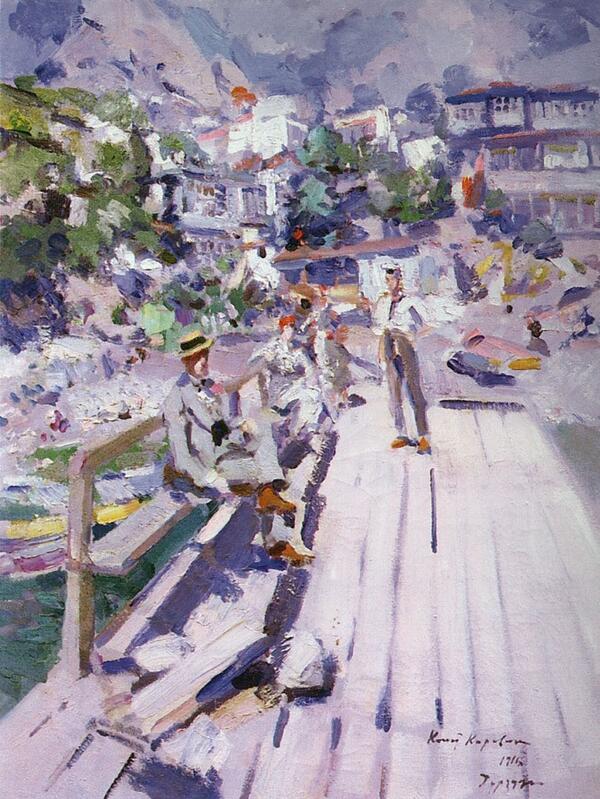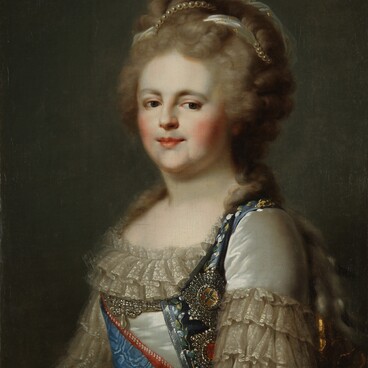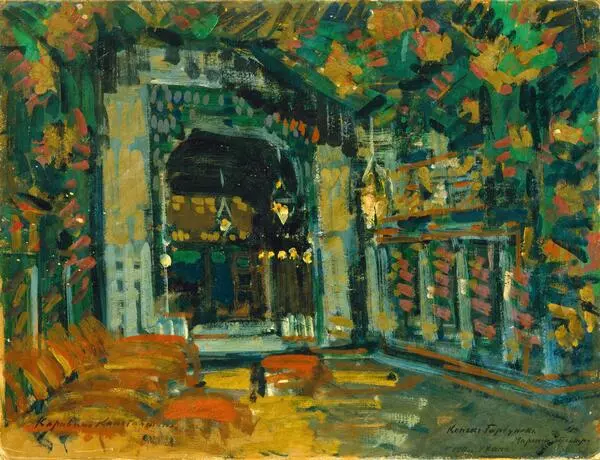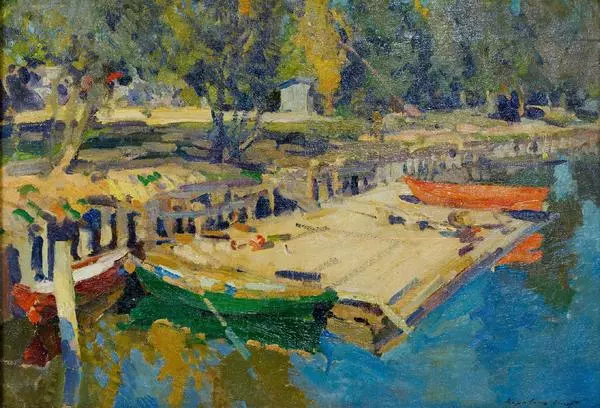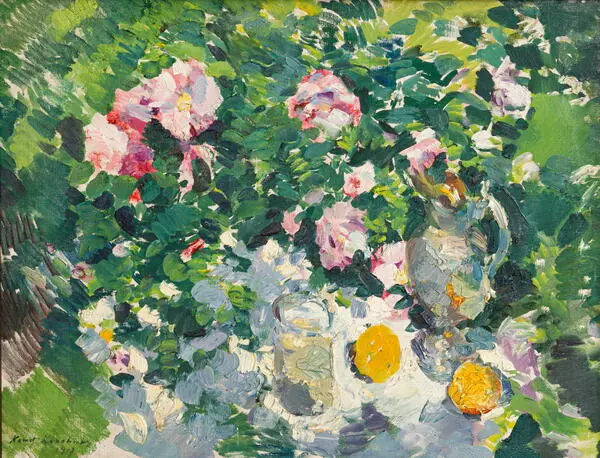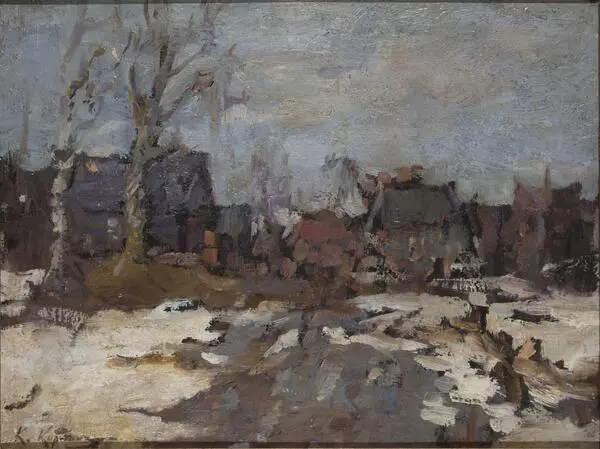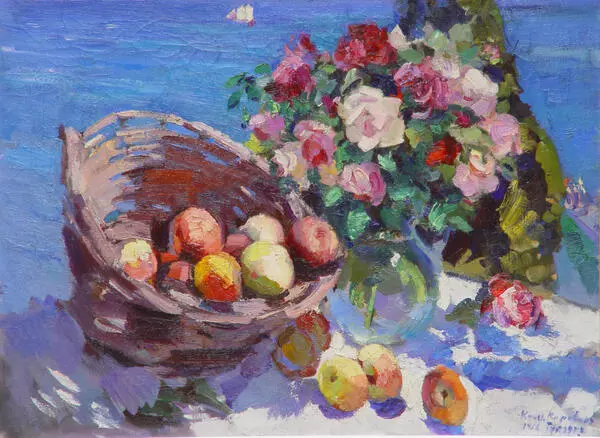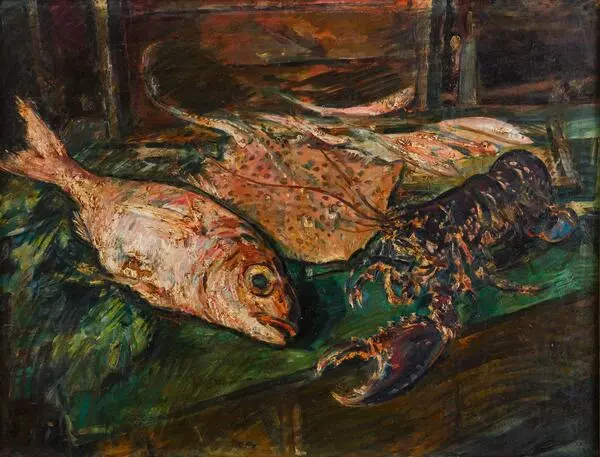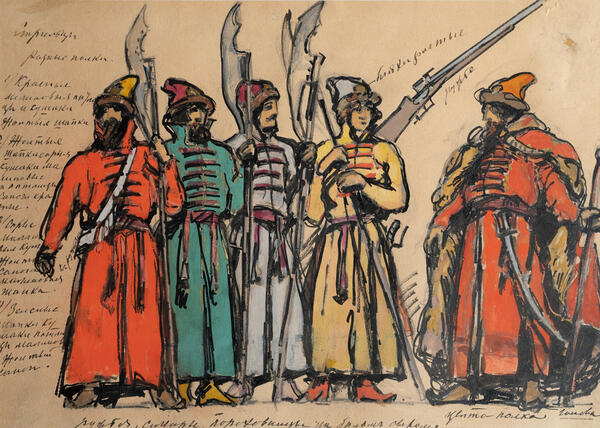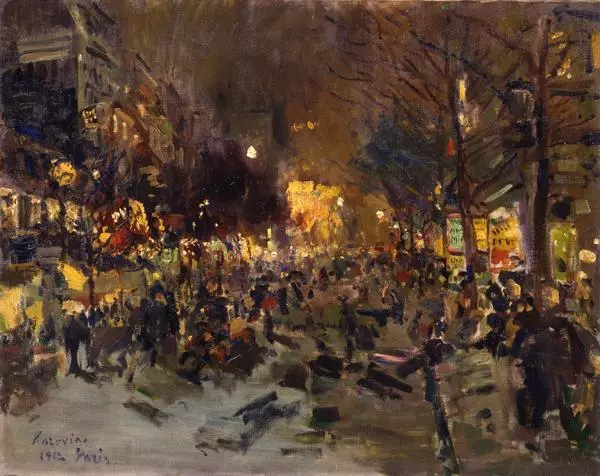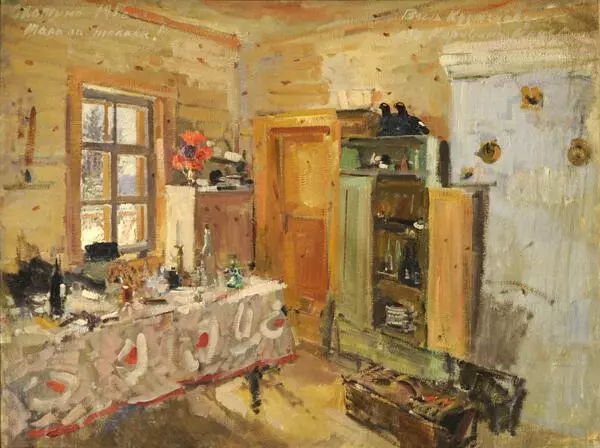Konstantin Korovin (1861–1931) was originally from Moscow. The parents of the young artist were also gifted people: according to his childhood memories, his mother painted with watercolors, his father - with pencils. At a very early age, Korovin entered the Moscow School of Painting. After a while, he transferred to the Imperial Art Academy in Saint Petersburg, but soon became disillusioned with the conservative method of teaching and returned back home.
The artistic style of the artist was influenced by the art of the Impressionists, which was discovered for him by his teacher Vasily Polenov (1844-1927). Inspired by the new style, the young artist went to France to get to know this style more closely.
The period when the painter left for the North, and even reached Sweden and Norway, is interesting. He was deeply impressed by the cold beauty of those places, and created numerous landscape works of this region. They were exhibited at the All-Russian Exhibition of 1896 in the Far North pavilion.
The young artist worked in the historical, genre, landscape painting, and for some time he was fond of still life. However, Konstantin Korovin is known not only for his paintings. He also worked as a theater decorator, teacher, and writer.
Crimea became a special place of love and warmth for the painter. It was there, in Gurzuf, that he built a house for himself. In this location, Korovin created a number of landscapes depicting that sunny, joyful place.
The presented painting ‘The Pier in Gurzuf’ seemed to have absorbed all the warmth of the southern sun, the pleasant freshness of the sea air. The composition is based on the image of a wooden pier, on which vacationers are walking or sitting on benches. The sea was left behind, and in front of the mountain streets, built up with cozy houses. The work creates the feeling of a glance, the composition seems a little upside down, as if the viewer himself turned to glance at the shore, squinting his eyes from the sultry sun, raising his hand to cover his face. The strokes are laid tightly and intensely, the deep, multifaceted white color with a purple tint dominates the coloristic palette of the landscape. The charm of the painting is created by the light and color, which the artist used intensely and boldly.
The artistic style of the artist was influenced by the art of the Impressionists, which was discovered for him by his teacher Vasily Polenov (1844-1927). Inspired by the new style, the young artist went to France to get to know this style more closely.
The period when the painter left for the North, and even reached Sweden and Norway, is interesting. He was deeply impressed by the cold beauty of those places, and created numerous landscape works of this region. They were exhibited at the All-Russian Exhibition of 1896 in the Far North pavilion.
The young artist worked in the historical, genre, landscape painting, and for some time he was fond of still life. However, Konstantin Korovin is known not only for his paintings. He also worked as a theater decorator, teacher, and writer.
Crimea became a special place of love and warmth for the painter. It was there, in Gurzuf, that he built a house for himself. In this location, Korovin created a number of landscapes depicting that sunny, joyful place.
The presented painting ‘The Pier in Gurzuf’ seemed to have absorbed all the warmth of the southern sun, the pleasant freshness of the sea air. The composition is based on the image of a wooden pier, on which vacationers are walking or sitting on benches. The sea was left behind, and in front of the mountain streets, built up with cozy houses. The work creates the feeling of a glance, the composition seems a little upside down, as if the viewer himself turned to glance at the shore, squinting his eyes from the sultry sun, raising his hand to cover his face. The strokes are laid tightly and intensely, the deep, multifaceted white color with a purple tint dominates the coloristic palette of the landscape. The charm of the painting is created by the light and color, which the artist used intensely and boldly.
